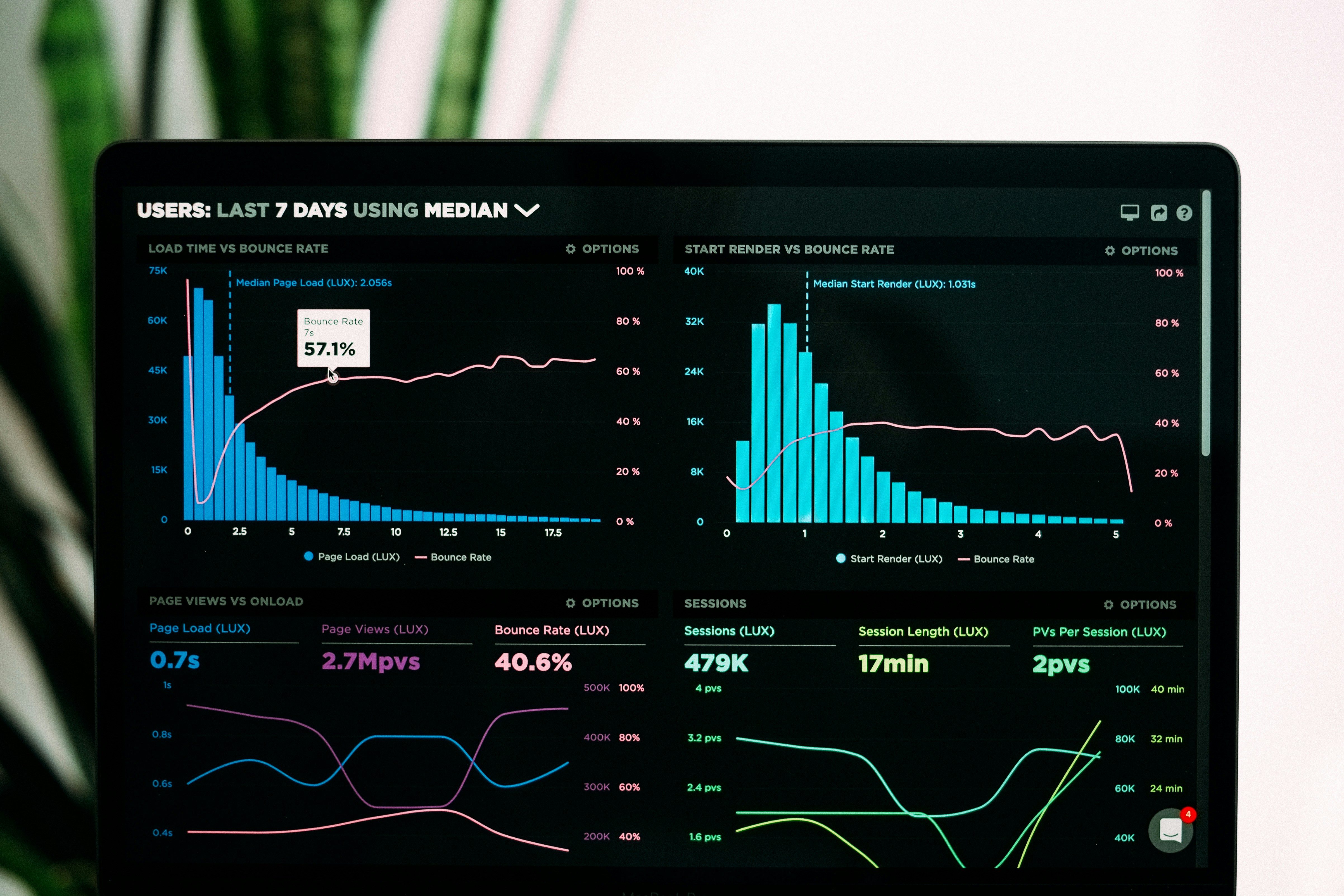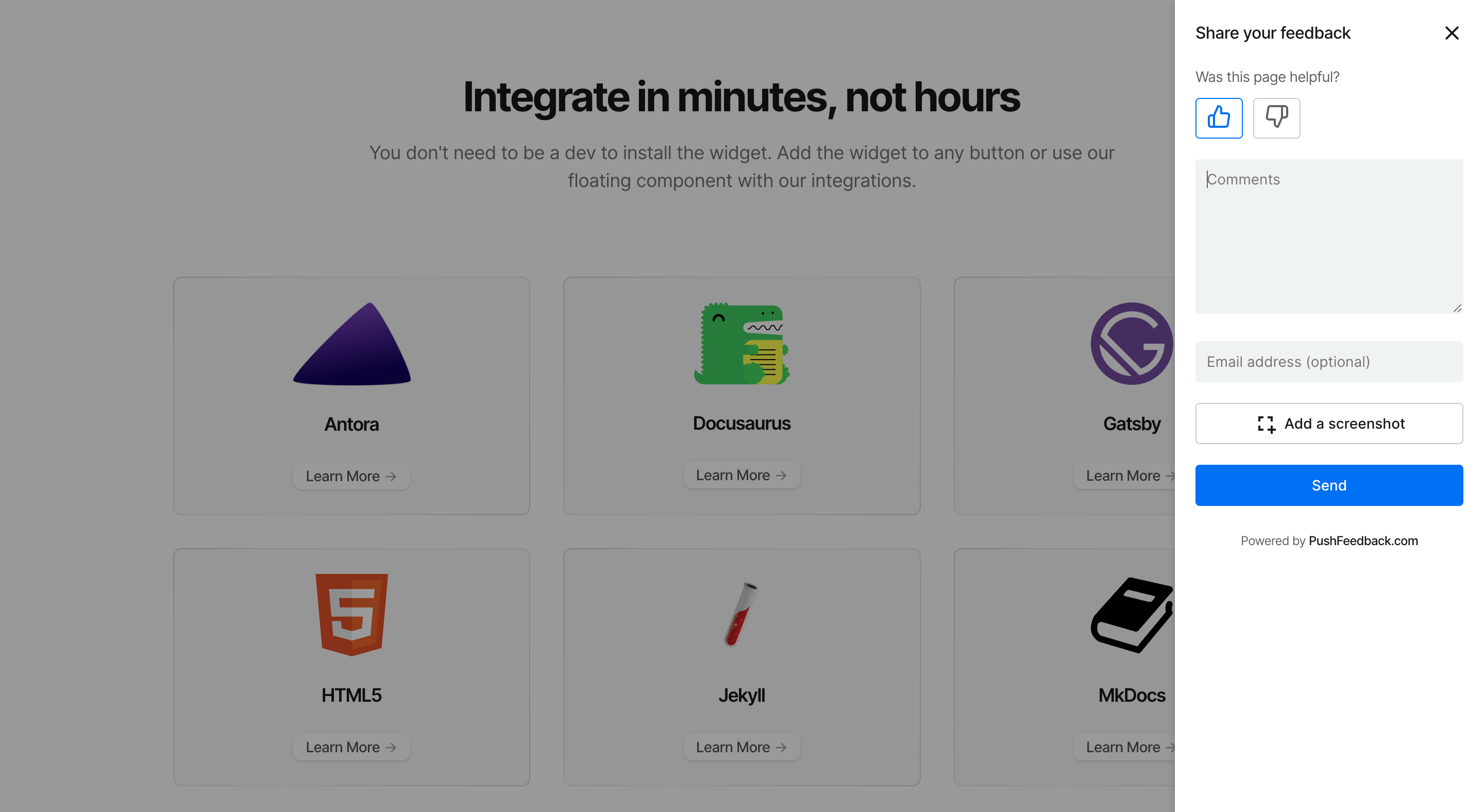How to collect user feedback: Top methods and best practices

Collecting user feedback is essential for any business that wants to understand its customers, improve its products, and grow sustainably. Feedback provides insights into what users like, dislike, and what improvements they desire. In this article, we will explore various methods for collecting user feedback and best practices to ensure you gather valuable and actionable insights.
Why user feedback matters
User feedback is a goldmine of information that can help businesses make informed decisions. It helps in:
- Improving products and services: Feedback identifies areas that need enhancement, ensuring your offerings meet customer expectations.
- Increasing customer satisfaction: By addressing feedback, you show customers that their opinions matter, boosting loyalty and satisfaction.
- Driving innovation: Users can provide unique ideas that drive innovation and keep you ahead of the competition.
- Reducing churn: Understanding and addressing user concerns can help reduce customer churn and improve retention rates.
Top methods for collecting user feedback
1. Surveys and questionnaires
Surveys are one of the most common methods for collecting feedback. They can be conducted online, via email, or through in-app prompts. To maximize effectiveness:
- Keep it short: Long surveys can lead to survey fatigue and low completion rates.
- Ask specific questions: Focus on areas you want to improve or understand better.
- Use a mix of question types: Combine multiple-choice, rating scales, and open-ended questions for comprehensive feedback.
2. Feedback widgets

Feedback widgets, like PushFeedback, can be placed on your website or app to collect user opinions. They are usually short and easy to fill out, making them convenient for users. Best practices for feedback widgets:
- Make the form easily accessible: Place the widget in a prominent location on your site or app.
- Ask specific questions: This helps in gathering actionable feedback.
- Allow users to provide additional comments: Open-ended fields can capture insights you might not have considered.
- Regularly review and act on the feedback received: Showing users that their feedback leads to action encourages more participation.
3. Usability testing
Usability testing involves observing users as they interact with your product. This method helps identify usability issues and areas of improvement. Conduct usability testing by:
- Creating tasks: Ask users to perform specific tasks while you observe.
- Recording sessions: Record the sessions to review later and capture nuances.
- Analyzing behavior: Look for patterns in user behavior and difficulties they encounter.
4. Interviews and focus groups
Interviews and focus groups provide in-depth insights into user experiences and opinions. They involve direct interaction with users, allowing for detailed feedback. Best practices include:
- Preparing questions: Have a list of questions but be flexible to follow interesting tangents.
- Encouraging honesty: Create a comfortable environment where users feel safe to share their true thoughts.
- Recording responses: Take detailed notes or record sessions for accurate data collection.
5. Social media and online reviews
Social media platforms and review sites are valuable sources of unsolicited feedback. Monitor these channels to understand user sentiment and gather actionable insights. Utilize tools like:
- Social listening tools: Tools like Hootsuite and Brandwatch help track mentions and analyze sentiment.
- Review aggregators: Platforms like Yelp, Trustpilot, and Google Reviews provide a consolidated view of user opinions.
6. Customer support interactions
Customer support interactions are a treasure trove of feedback. Analyze support tickets, chat logs, and call recordings to identify common issues and areas for improvement. Implement:
- Regular reviews: Schedule regular reviews of support interactions.
- Categorizing feedback: Categorize feedback to identify trends and prioritize issues.
- Training support staff: Train staff to recognize and record valuable feedback during interactions.
Best practices for collecting user feedback
1. Define clear objectives
Before collecting feedback, define what you want to achieve. Whether it’s improving a feature, understanding user satisfaction, or gathering ideas for new products, having clear objectives helps focus your efforts and ask the right questions.
2. Choose the right method
Different methods suit different objectives. For example, use surveys for quantitative data, interviews for qualitative insights, and feedback widgets for continuous, real-time feedback. Combining methods can provide a more comprehensive view.
3. Make it easy for users
The easier it is for users to provide feedback, the more likely they are to do so. Ensure your feedback mechanisms are user-friendly and accessible. For example, PushFeedback’s widget can be integrated easily and customized to match your brand, making it simple and appealing for users to provide feedback.
4. Act on feedback
Collecting feedback is only valuable if you act on it. Analyze the data, identify trends, and prioritize improvements based on user feedback. Communicate changes to your users, showing them that their feedback has been heard and acted upon.
5. Follow up with users
Following up with users who provided feedback shows that you value their input. It can also provide further insights and strengthen customer relationships. Send thank-you messages, inform them of changes based on their feedback, and ask for additional input if needed.
6. Ensure anonymity and confidentiality
Ensure that users can provide feedback anonymously if they choose to. This encourages honest feedback. Also, handle all feedback data with confidentiality to build trust with your users.
7. Regularly review and update feedback processes
Feedback collection should be an ongoing process. Regularly review and update your methods to ensure they remain effective and relevant. Incorporate new technologies and trends to keep your feedback collection fresh and efficient.
Conclusion
Collecting user feedback is crucial for understanding and improving user experiences. By utilizing various methods such as surveys, feedback widgets, usability testing, and more, you can gather comprehensive insights. Following best practices ensures you collect actionable feedback that can drive significant improvements in your products and services.
By prioritizing user feedback and making informed decisions based on it, you can enhance customer satisfaction, reduce churn, and drive innovation in your business.

